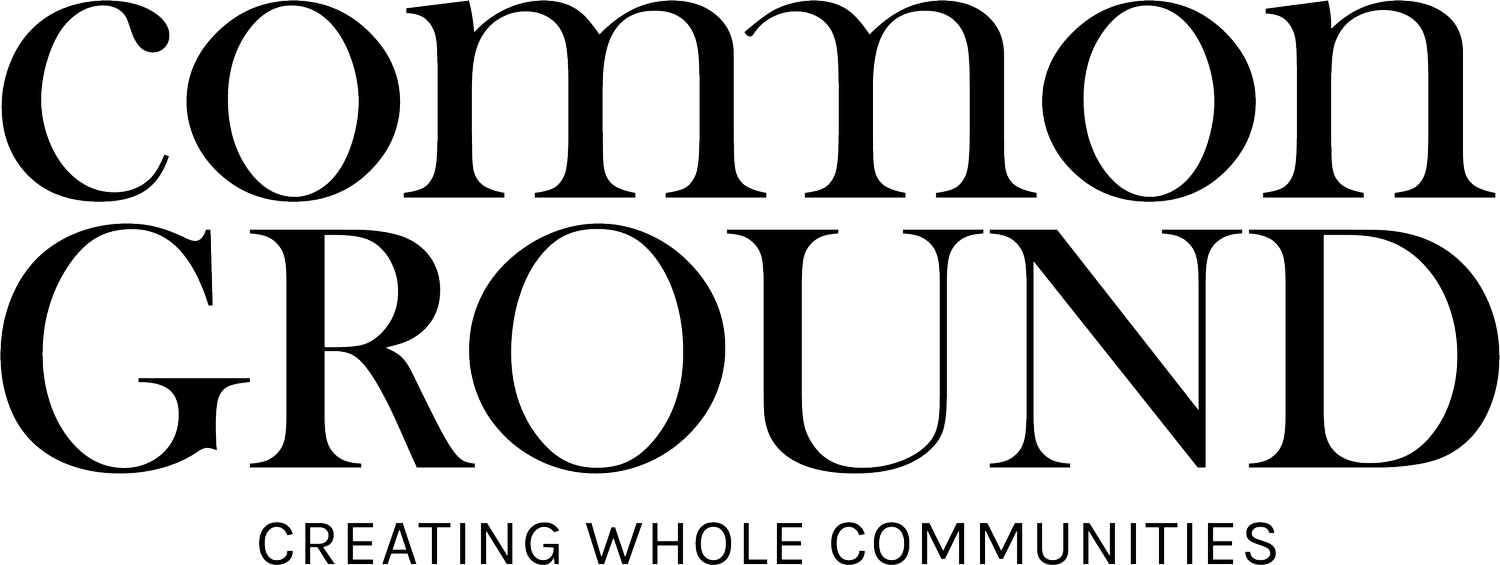What was the iterative development process that followed?
To map out the narratives of the 220 individual residents and 7 community-based organisations, we prototyped a model to help our team better see the flow of stories.
Model 1 - Mapping a Story Flow
We tested this model by sharing our data this way in various stakeholder meetings. While stakeholders could immediately see what were the key narratives that were surrounding the issue and why the narratives mattered, they could not understand how to work with the narratives.
Model 2 - Deepening the Emotion: FAST*
We tried iterating the model by layering in a deeper understanding of specific “dominant emotions” that could be present and how to work with those emotions. This, however, made the model difficult for most stakeholders to work with. It also brought in too much complexity into stakeholder conversations. Stakeholders who were interested in the data still could not understand how to work with it practically.
Model 3 - Observer + Actions = Results (OAR)
In our conversations, we also noticed many well-intentioned people were not aware of how their own stories and emotions about themselves and other stakeholders were causing them to design incomplete or ineffective solutions.
Results-oriented or action-oriented people in particular found it harder to immediately grasp why they had to be open to engaging their own stories and emotions around an issue – as well as the stories and emotions of a community.
We realised that the model had to be much clearer about the link between narrative, emotion, action and outcomes.
This is why we chose to reframe the model according to an ontological coaching framework (Observer + Actions = Results**) developed by Rafael Echeverria (that builds upon Chris Argyris’ concept of double-loop learning.)
*For more on the FAST Emotions Framework, see:
– Wundt (1897), Scholsberg (1954), Ekman (1957, 1992b), Russell (1980)
– How Emotions are Made (Barrett, 2017)
– The Language of Emotions (McLaren, 2010)
**http://www.newfieldinstitute.com.au/html/articles_OCCT_008.html
Our Journey
Click the boxes to explore different parts of the project!













